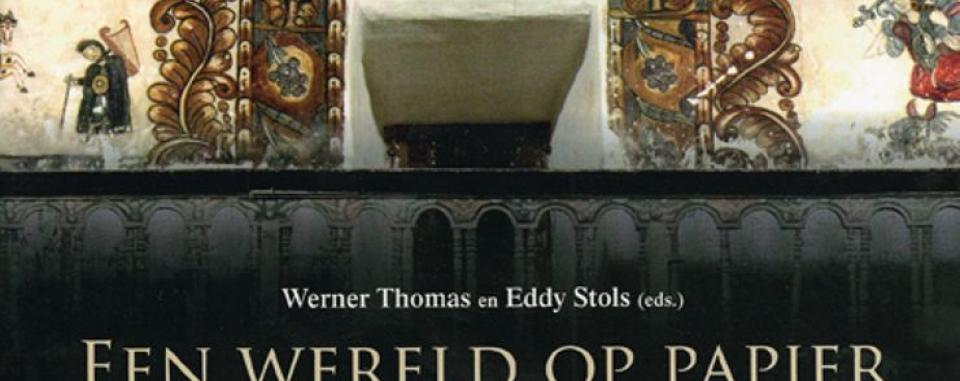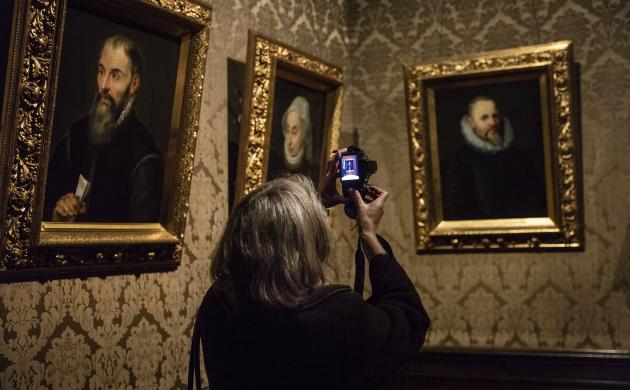International trade
The exhibition examined Antwerp’s trade with other parts of the world via the Iberian peninsula during the 16th century. Antwerp was the maritime commercial metropolis and distribution centre for non-European products such as sugar, spices, diamonds and porcelain.
Scientific knowledge
The exhibition also focused on scientific knowledge in the Southern Netherlands. From the late 16th century onwards, this enabled the Northern Netherlands to initiate direct shipping and trade contacts with the East Indies. The Southern Netherlands developed navigation instruments, and scientific publications made the voyages possible. Moreover, the Dutch East India Company was primarily established with capital from Antwerp.
Atlases
The cartographic works and atlases of Mercator, Ortelius, Plancius and Hondius were very important for navigation. Plantin was largely responsible for their international dissemination. Partly with the knowledge and commercial capital that migrated to the Northern Netherlands after the fall of Antwerp in 1585, the foundations were laid for the Dutch Golden Age.
20.04.02 - 21.07.02



